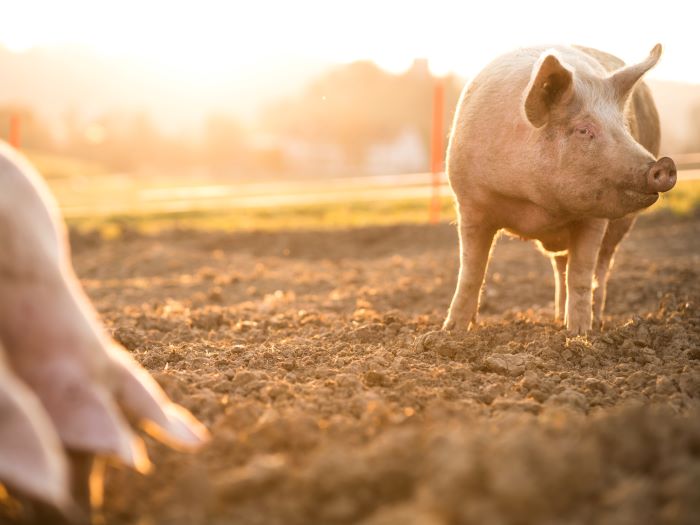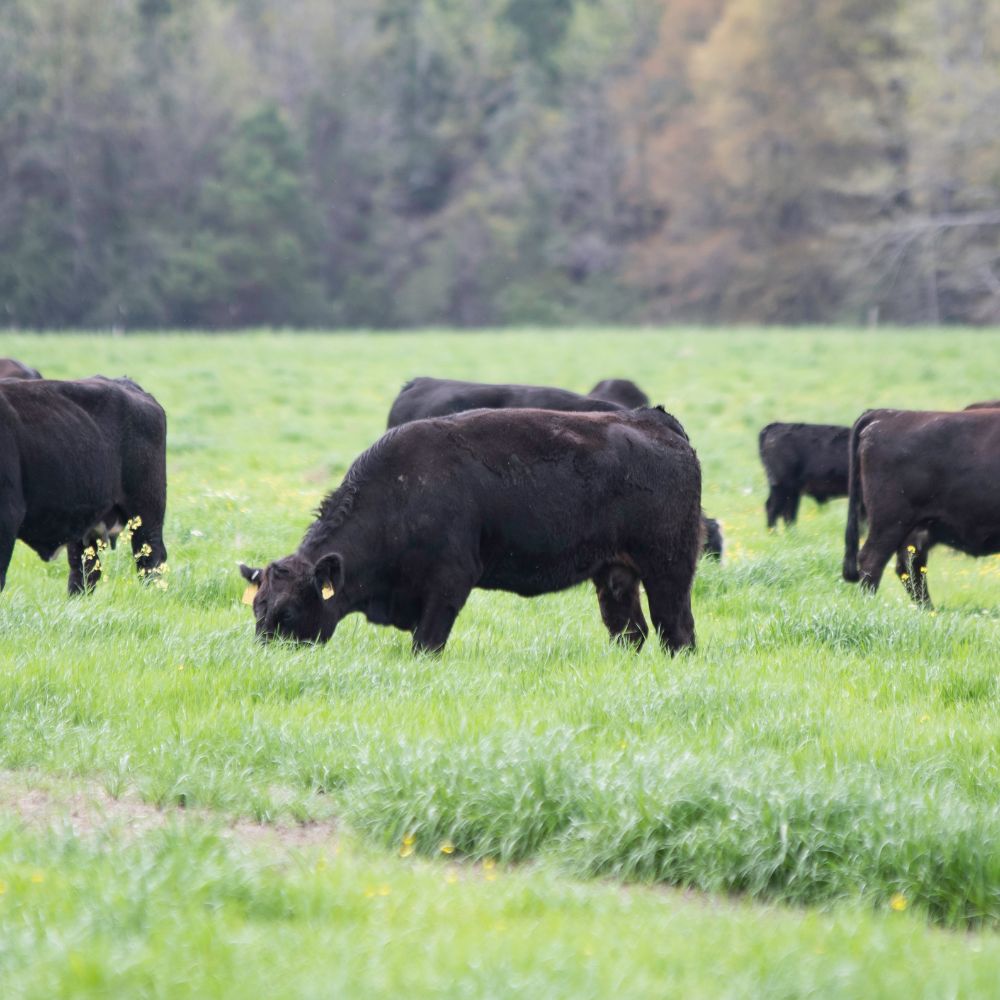Opening Growth Potential: Bagley Risk Management Approaches
Recognizing Animals Danger Security (LRP) Insurance: A Comprehensive Guide
Navigating the realm of livestock risk defense (LRP) insurance can be a complicated endeavor for lots of in the farming field. From exactly how LRP insurance functions to the various protection choices readily available, there is much to reveal in this thorough overview that can potentially shape the way livestock manufacturers come close to threat management in their businesses.

Exactly How LRP Insurance Coverage Works
Periodically, comprehending the mechanics of Animals Threat Defense (LRP) insurance policy can be complex, but breaking down exactly how it functions can give quality for herdsmans and farmers. LRP insurance is a risk management tool created to safeguard livestock producers versus unexpected price declines. It's essential to note that LRP insurance is not an income assurance; instead, it concentrates only on rate threat defense.
Qualification and Insurance Coverage Options

When it comes to protection alternatives, LRP insurance coverage offers producers the versatility to select the coverage degree, insurance coverage duration, and recommendations that ideal suit their risk management demands. Coverage levels commonly range from 70% to 100% of the expected ending worth of the insured animals. Producers can also select protection periods that align with their production cycle, whether they are insuring feeder cattle, fed cattle, swine, or lamb. Endorsements such as price risk protection can even more customize protection to safeguard against negative market changes. By comprehending the qualification criteria and coverage options available, livestock manufacturers can make educated decisions to manage risk efficiently.
Pros and Disadvantages of LRP Insurance Policy
When examining Livestock Danger Defense (LRP) insurance coverage, it is crucial for livestock manufacturers to consider the disadvantages and benefits intrinsic in this risk monitoring device.

Among the primary benefits of LRP insurance policy is its capacity to offer defense against a decrease in livestock costs. This can aid protect producers from monetary losses arising from market variations. In addition, LRP insurance coverage uses a degree of flexibility, allowing manufacturers to tailor coverage levels and policy periods to suit their certain demands. By securing an assured price for their livestock, producers can better handle threat and strategy for the future.
One restriction of LRP insurance policy is that it does not safeguard against all kinds of risks, such as condition break outs or all-natural disasters. It is vital for producers to meticulously examine their specific threat exposure and monetary situation to establish if LRP insurance coverage is the right threat management device for their operation.
Understanding LRP Insurance Coverage Premiums

Tips for Making Best Use Of LRP Conveniences
Optimizing the advantages of Livestock Danger Defense (LRP) insurance policy needs critical preparation and positive risk management - Bagley Risk Management. To maximize your LRP insurance coverage, consider the following pointers:
Regularly Evaluate Market Conditions: Remain educated concerning market fads and rate changes in the livestock sector. By checking these factors, you can make educated choices concerning when to acquire LRP coverage to secure against possible losses.
Establish Realistic Coverage Degrees: When picking protection levels, consider your manufacturing expenses, market price of animals, and possible dangers - Bagley Risk Management. Setting sensible protection degrees makes certain that you are adequately protected without overpaying for unnecessary insurance coverage
Diversify Your Insurance Coverage: As opposed to depending only on LRP insurance coverage, think about diversifying your threat management strategies. Incorporating LRP with various other threat administration tools such as futures contracts or choices can offer detailed protection against market unpredictabilities.
Evaluation and Change Coverage Frequently: As market conditions transform, occasionally examine your LRP coverage to guarantee it straightens with your current risk direct exposure. Readjusting coverage degrees and timing of acquisitions can help maximize your view publisher site threat security strategy. By complying with these ideas, you can take full advantage of the benefits of LRP insurance policy and guard your livestock procedure against unforeseen dangers.
Conclusion
In verdict, animals risk security (LRP) insurance is a useful tool for farmers to handle the economic risks linked with their livestock procedures. By understanding exactly how LRP works, eligibility and protection alternatives, along with the pros and disadvantages of this insurance, farmers can make informed choices to safeguard their resources. By carefully thinking about LRP premiums and executing techniques to maximize benefits, farmers can alleviate possible losses and make certain the sustainability of their operations.
Animals manufacturers interested in getting Livestock Risk Security (LRP) insurance coverage can check out a range of qualification requirements and protection alternatives tailored to their particular livestock procedures.When it comes to insurance coverage choices, LRP insurance coverage uses manufacturers the flexibility to choose the coverage level, insurance coverage duration, and endorsements that finest fit their danger administration requirements.To realize the complexities of Livestock Risk Protection (LRP) insurance completely, understanding the factors influencing LRP insurance premiums is important. LRP insurance policy costs are established by numerous aspects, including the protection level picked, the expected price important source of livestock at the end of the insurance coverage duration, the type of livestock being guaranteed, and the size of the protection period.Testimonial and Readjust Protection Routinely: As market problems alter, occasionally examine your LRP insurance coverage to guarantee it straightens with your present threat direct exposure.